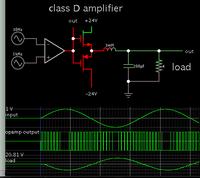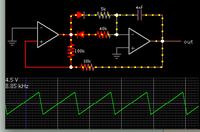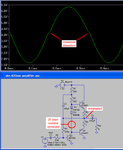Enzy
Advanced Member level 1
The power transformer is center-tapped so its total voltage might be 89.2VAC. Then the DC voltages will be plus and minus 62VDC at full power and a little higher with reduced power.
To protect the speakers then keep the volume control turned down.
When my speakers burnt the volume wasn't high it was just a wire issue, keeping the volume don't can stop it from burning but if something should happen isn't there a circuit to protect the speakers.



